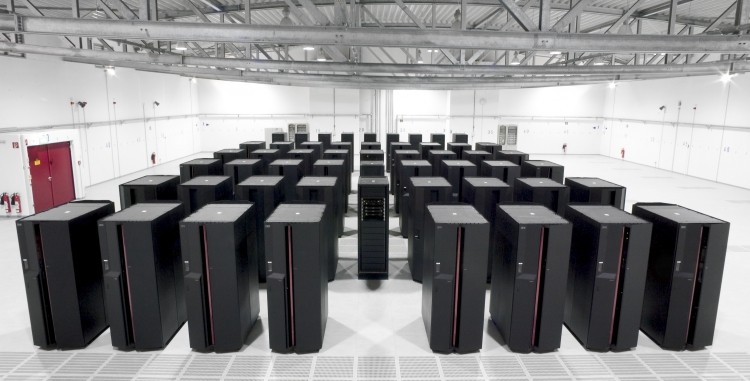The United States no longer plays home to the world's fastest supercomputer. That title is now owned by China's Tianhe-2 (also known as the Milky Way-2) supercomputer which recently produced 33.86 petaflops per second in Linpack according to the Top 500 Supercomputer Sites.
The computer, part of the country's National University of Defense Technology, will be installed at the National Supercomputer Center in Guangzho, China, by the end of the year. If you're keeping score, that's a full two years before it was expected to be ready.
China's new supercomputer didn't just beat all others - it destroyed them by a large margin. The Titan, a US supercomputer at the Oak Ridge National Laboratory, scored just 17.59 petaflops per second in the same test. In fact, 26 systems in the Top 500 are now benching at over a petaflop and collectively, the top 500 systems are benching at 223 petaflops per second.
This marks the first time that China has topped the bi-annual Top 500 List of supercomputers since the country's Tianhe-1A held the spot in November 2010. It's worth noting that China's supercomputer consumes 17,808kW of power while the Titan sucks down just 8,029kW.
Rounding out the top six supercomputers are the US-based Sequoia at 17.13 petaflops per second, Japan's K computer at 10.51 petaflops, the US' Mira with a score of 8.58 petaflops and the Stampede at the University of Texas with 5.16 petaflops.
